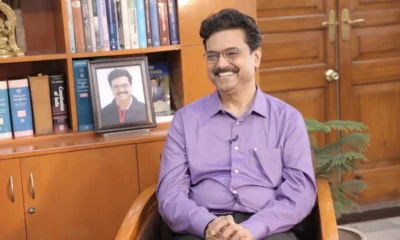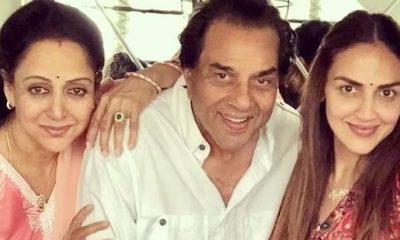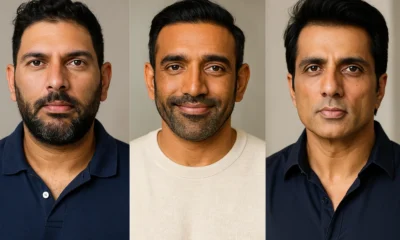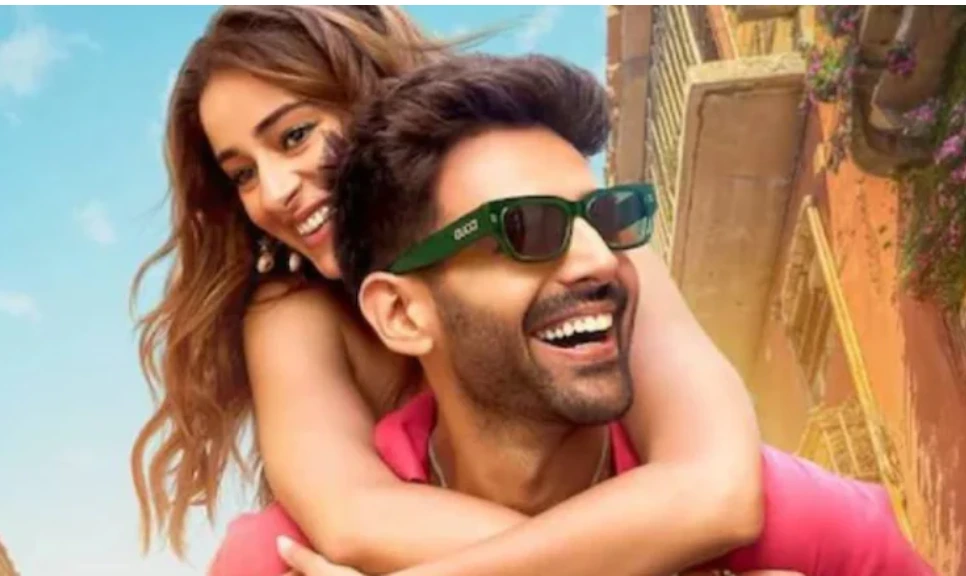Entertainment
Sonu Sood says film industry should focus on good content
Actor Sonu Sood talks to Smita Prakash about Bollywood vs South films, OTT platforms and his spiritual side.

Entertainment
Dhurandhar box office day 17: Ranveer Singh film crosses Rs 555 crore, enters all-time top 10
Dhurandhar crosses Rs 555 crore at the Indian box office on day 17, overtaking Animal and entering the all-time top 10 films list.
Entertainment
Veteran Malayalam actor and filmmaker Sreenivasan passes away at 69
Veteran Malayalam actor, screenwriter and director Sreenivasan died at 69 in Kochi, drawing tributes from across Kerala’s film and political circles.
Entertainment
OTT and theatrical releases this week: new films and series to watch from December 19 to 26
From crime thrillers and disaster dramas to romantic films and comedy shows, here’s everything releasing on OTT platforms and in theatres this week.
-

 India News19 hours ago
India News19 hours agoDU VC Prof Yogesh Singh entrusted with additional charge of AICTE Chairman
-

 India News21 hours ago
India News21 hours agoDelhi High Court issues notice to Sonia Gandhi, Rahul Gandhi in National Herald case
-

 India News22 hours ago
India News22 hours agoYogi Adityanath’s do namoone remark sparks Akhilesh Yadav’s jab on BJP infighting
-

 India News19 hours ago
India News19 hours agoGoa nightclub fire case: Court extends police custody of Luthra brothers by five days
-

 Entertainment19 hours ago
Entertainment19 hours agoDhurandhar box office day 17: Ranveer Singh film crosses Rs 555 crore, enters all-time top 10
-

 India News2 hours ago
India News2 hours agoRahul Gandhi alleges institutional bias, questions electoral system during Berlin address
-

 India News52 mins ago
India News52 mins agoDelhi air quality plunges to severe as thick smog blankets the capital
















